Do you have a question about the Gigabyte B560I AORUS PRO AX and is the answer not in the manual?
Provides essential safety and handling guidelines for hardware installation.
Details the technical specifications and features of the motherboard.
Step-by-step instructions for correctly installing the Central Processing Unit.
Guidance on how to properly install memory modules (RAM) into the motherboard.
Instructions for installing additional expansion cards into available slots.
Identification and description of all ports and connectors located on the motherboard's back panel.
Identification and description of internal headers and connectors on the motherboard.
Overview of the initial graphical display shown when entering the BIOS setup.
Description of the primary BIOS interface, navigation, and key sections.
Configuration and monitoring tool for system fans and temperature management.
Functionality to bookmark and quickly access frequently used BIOS settings.
Advanced settings for CPU, memory, and voltage adjustments for performance tuning.
Configuration options for various system functionalities and hardware parameters.
Displays comprehensive details about the system hardware and BIOS configuration.
Settings related to system boot order, boot devices, and startup options.
Options for saving BIOS configuration changes and exiting the setup utility.
Guide for setting up and managing Intel Optane memory and storage acceleration.
Procedure for installing necessary device drivers for the motherboard and its components.
| Processor socket | LGA 1200 (Socket H5) |
|---|---|
| Processor manufacturer | Intel |
| Compatible processor series | Intel Celeron, Intel Core i3, Intel Core i5, Intel Core i7, Intel Core i9, Intel Pentium |
| ECC | Yes |
| Memory channels | Dual-channel |
| Memory slots type | DIMM |
| Number of memory slots | 2 |
| Supported memory types | DDR4-SDRAM |
| Maximum internal memory | 64 GB |
| Supported memory clock speeds | 2133, 2400, 2666, 2933, 3000, 3200 MHz |
| Supported storage drive types | HDD & SSD |
| Number of storage drives supported | 6 |
| Supported storage drive interfaces | M.2, SATA III |
| Maximum resolution | 4096 x 2304 pixels |
| Parallel processing technology support | Not supported |
| USB 2.0 connectors | 1 |
| Number of SATA III connectors | 4 |
| USB 3.2 Gen 2 (3.1 Gen 2) connectors | 0 |
| Headphone outputs | 3 |
| USB connector type | USB Type-A, USB Type-C |
| DisplayPort version | 1.2 |
| USB 2.0 ports quantity | USB 2.0 ports have a data transmission speed of 480 Mbps, and are backwards compatible with USB 1.1 ports. You can connect all kinds of peripheral devices to them. |
| Wi-Fi standards | 802.11a, 802.11b, 802.11g, Wi-Fi 4 (802.11n), Wi-Fi 5 (802.11ac), Wi-Fi 6 (802.11ax) |
| Bluetooth version | 5.1 |
| Top Wi-Fi standard | Wi-Fi 6 (802.11ax) |
| WLAN controller model | Intel Wi-Fi 6 AX200 |
| Ethernet interface type | 2.5 Gigabit Ethernet |
| Component for | PC |
| Motherboard chipset | Intel B560 Express |
| PC health monitoring | FAN, Temperature, Voltage |
| Audio output channels | 7.1 channels |
| Motherboard form factor | mini ITX |
| Windows operating systems supported | Windows 10 x64 |
| BIOS type | UEFI AMI |
| ACPI version | 5.0 |
| BIOS memory size | 256 Mbit |
| Desktop Management Interface (DMI) version | 2.7 |
| Bundled software | Norton Internet Security, cFosSpeed |
| Harmonized System (HS) code | 84733020 |
| Width | 170 mm |
|---|
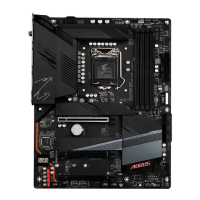
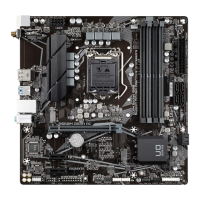
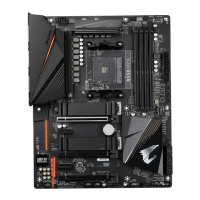
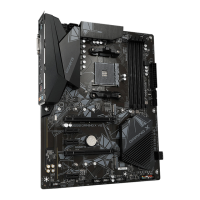
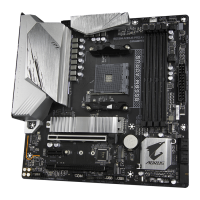
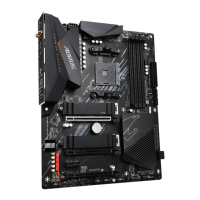
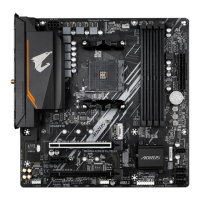
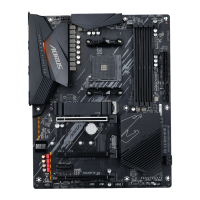

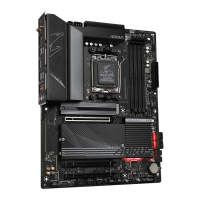
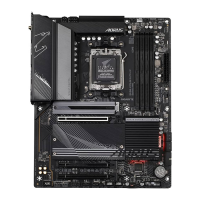
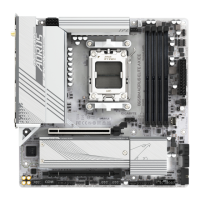
